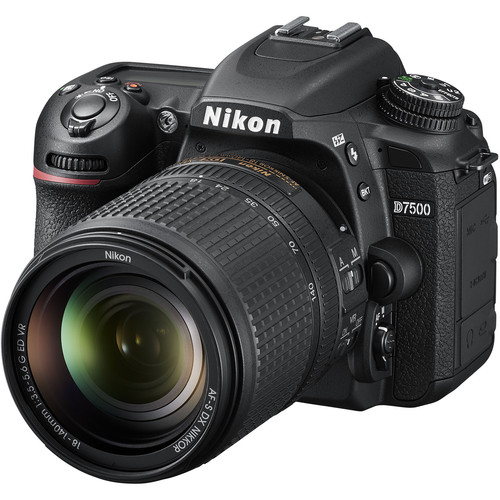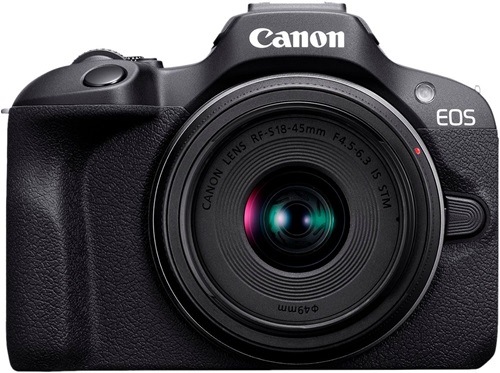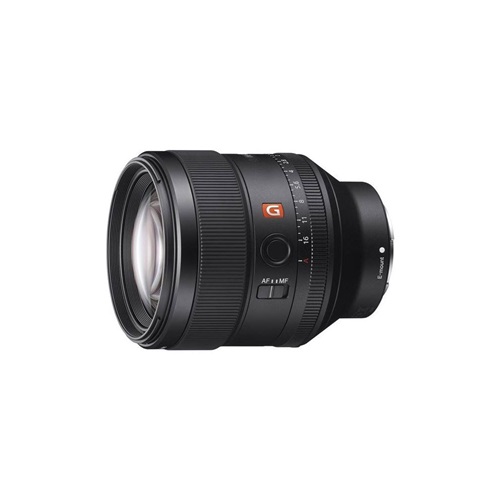
Do you want to improve yourself as a photographer? For this, you have to know everything about portrait photography. You can find a portrait photo definition by following the link https://en.wikipedia.org/wiki/Portrait_photography. Talking about the definition of portrait photography, we should say that it is a genre that focuses on capturing the likeness, personality, and essence of an individual or a group of people. It typically represents the subject's face and expressions but can also include their entire body or specific body parts. The goal of portrait-style photography is to create a visually appealing and meaningful portrait of a person, often emphasizing his unique features, emotions, and character. Portrait photographers use various techniques such as lighting, composition, posing, and background selection to create compelling and impactful photos.
Top 5 Portrait Photography Types
The most popular types of portrait photos include:
- Traditional: These are classic posed portraiture photography that focuses on capturing the subject's likeness and personality.
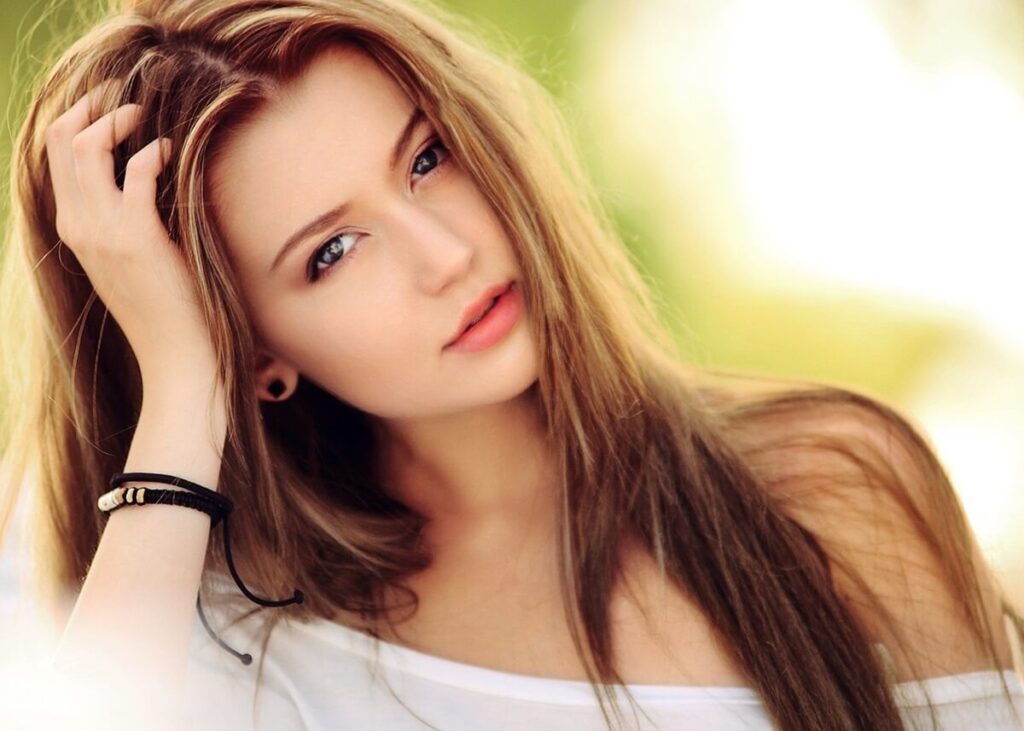
- Environmental: Such portraits are taken in the subject's natural environment, such as their home, workplace, or a meaningful outdoor location.
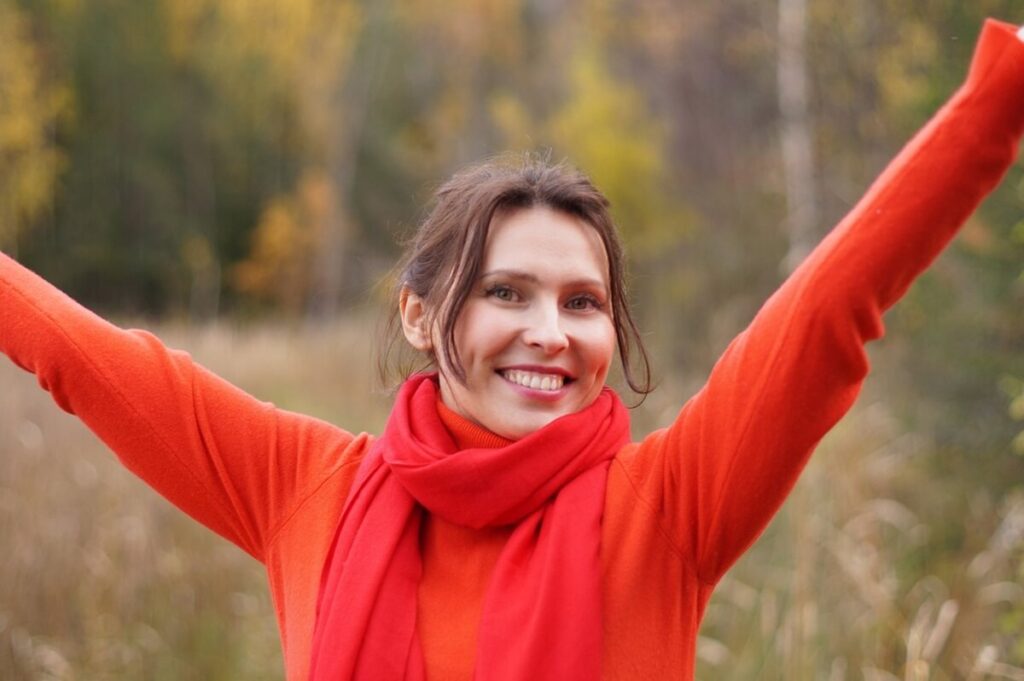
- Candid: A portrait photographer captures the person in unposed, natural moments, often showcasing their authentic emotions and expressions.
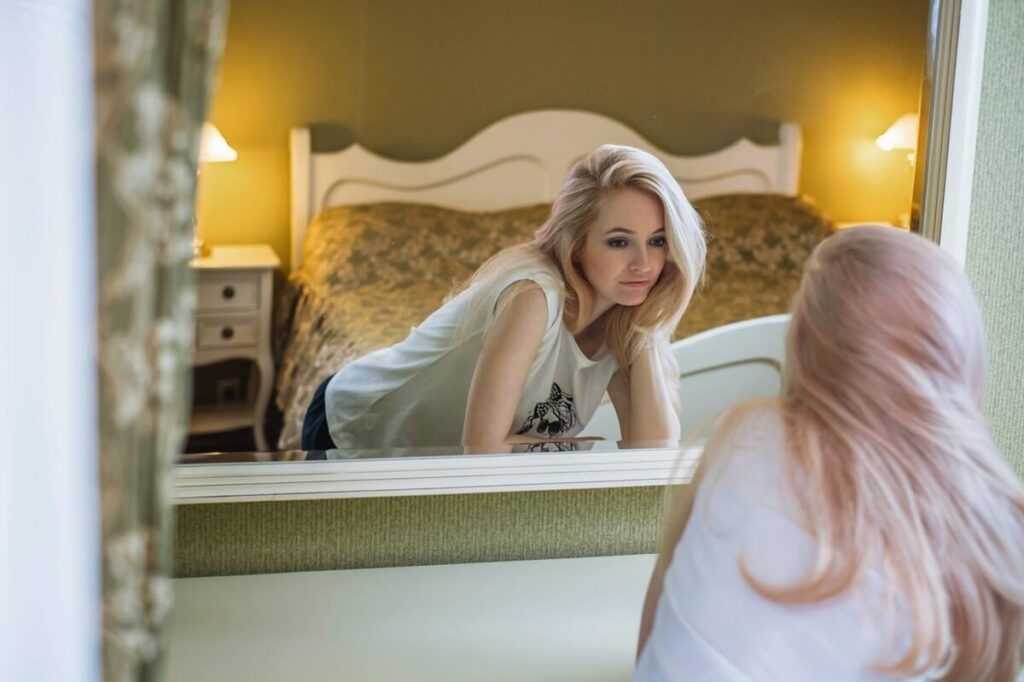
- Lifestyle: These portraits aim to capture the subject's everyday life and activities, often showcasing their hobbies, interests, and relationships.

- Studio: Such portrait photography is taken in a professional studio, often using professional lighting and backdrops to create a polished and professional look.

Each type of portrait shot offers its own unique style and approach, allowing photographers to capture their subjects in a variety of ways.
Portrait Photography Poses

The success of portrait photography largely depends on the correct pose. Photographers recommend several poses for photo portraits:
- The classic headshot is a simple and timeless pose where the subject faces the camera straight on, with a relaxed and confident expression.

- The three-quarter pose is a pose in which the subject turns their body slightly away from the camera, while still looking at the lens. This creates a more dynamic and interesting composition.
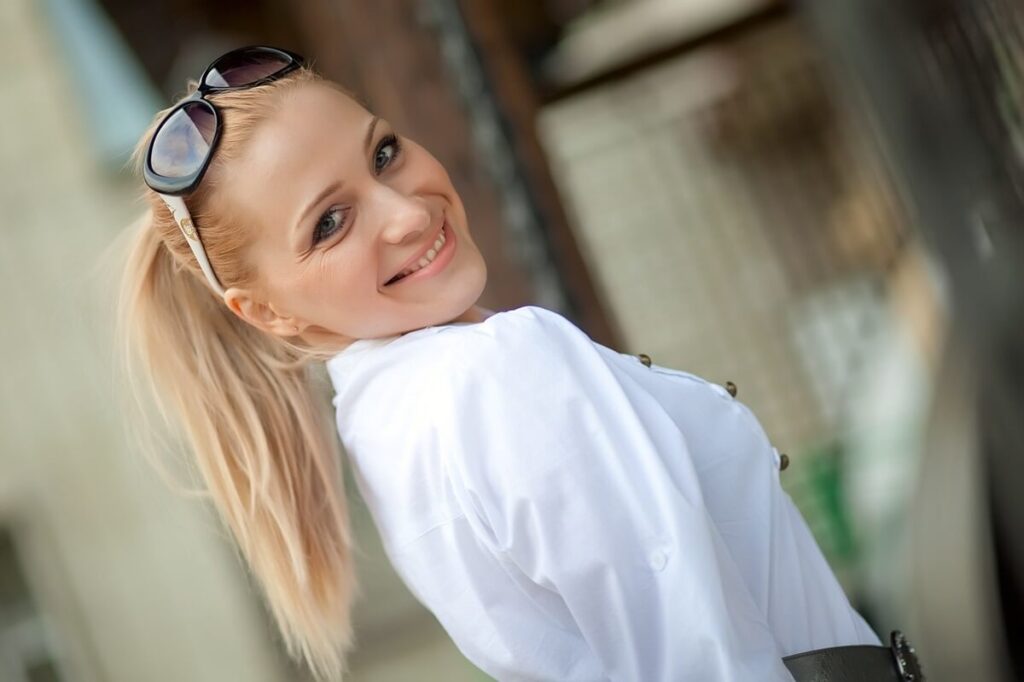
- The profile shot involves the subject turning their head to the side, showing off their profile. It can create a striking and elegant portrait.
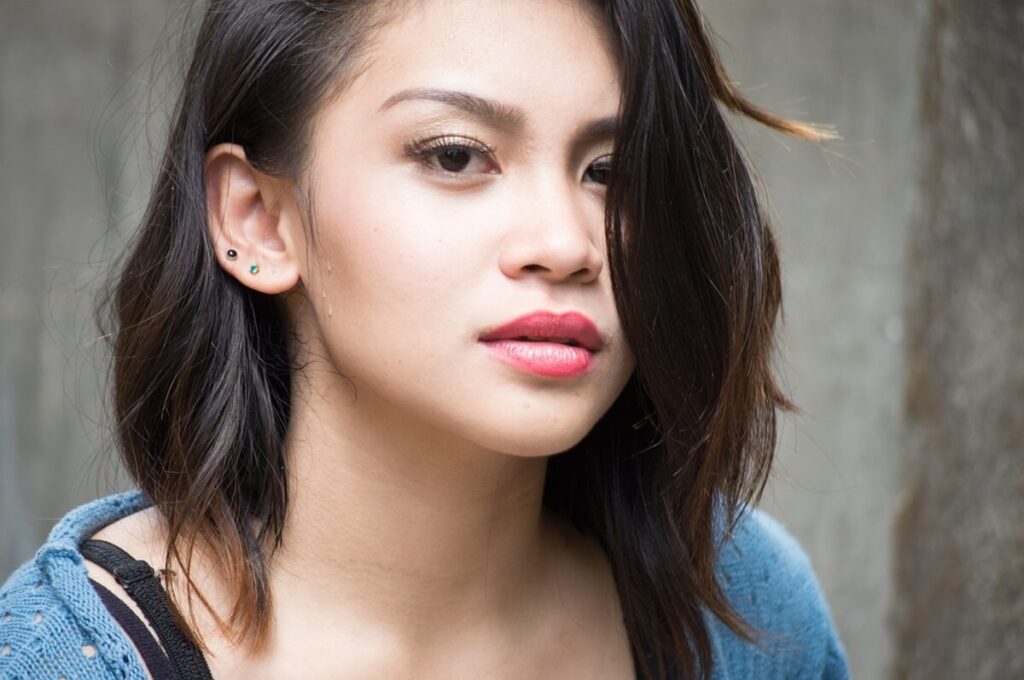
- The sitting pose can make a more relaxed and natural look for the portrait. The subject can be posed in various ways, such as sitting cross-legged or with one leg propped up.
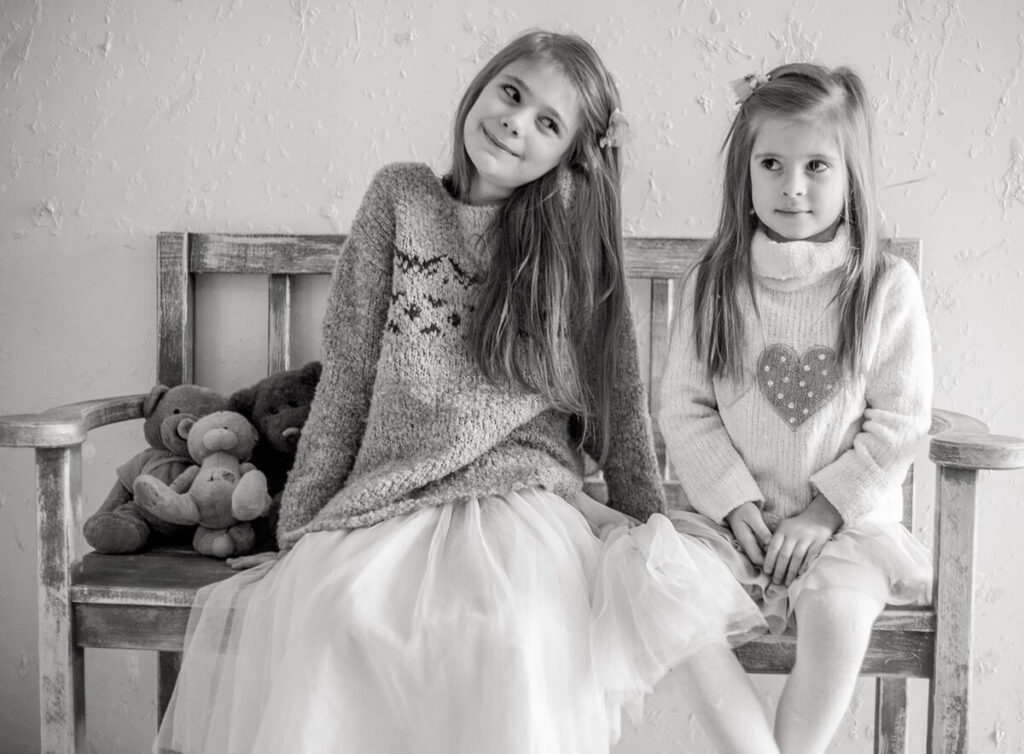
- The candid shot means capturing the subject in a natural and unposed moment which can result in a genuine and authentic portrait. This could involve them laughing, looking off into the distance, or engaging in an activity.
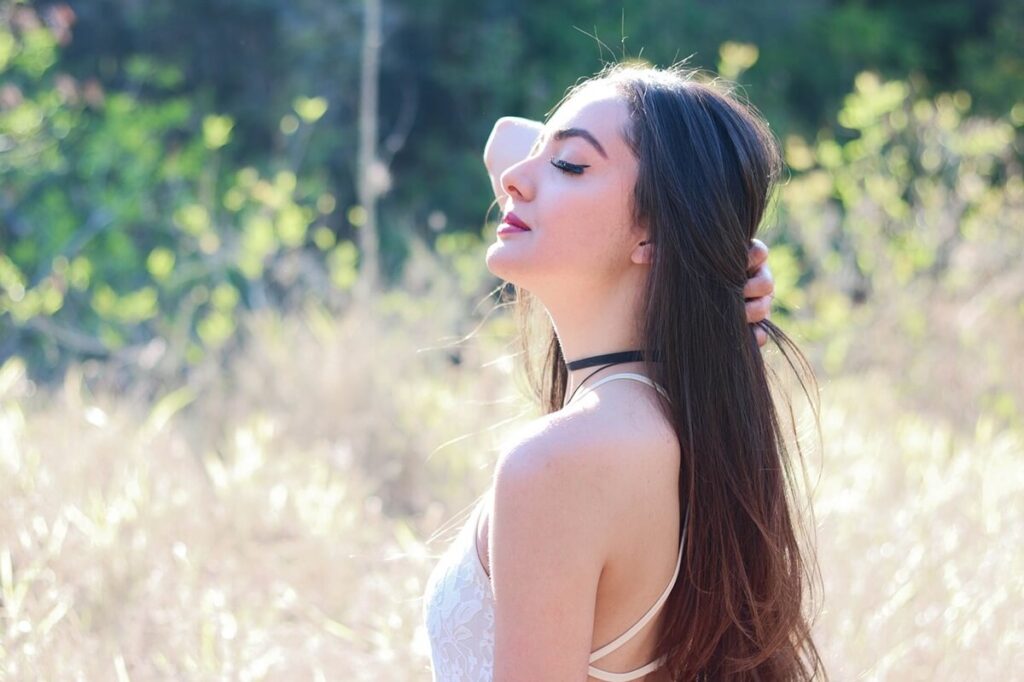
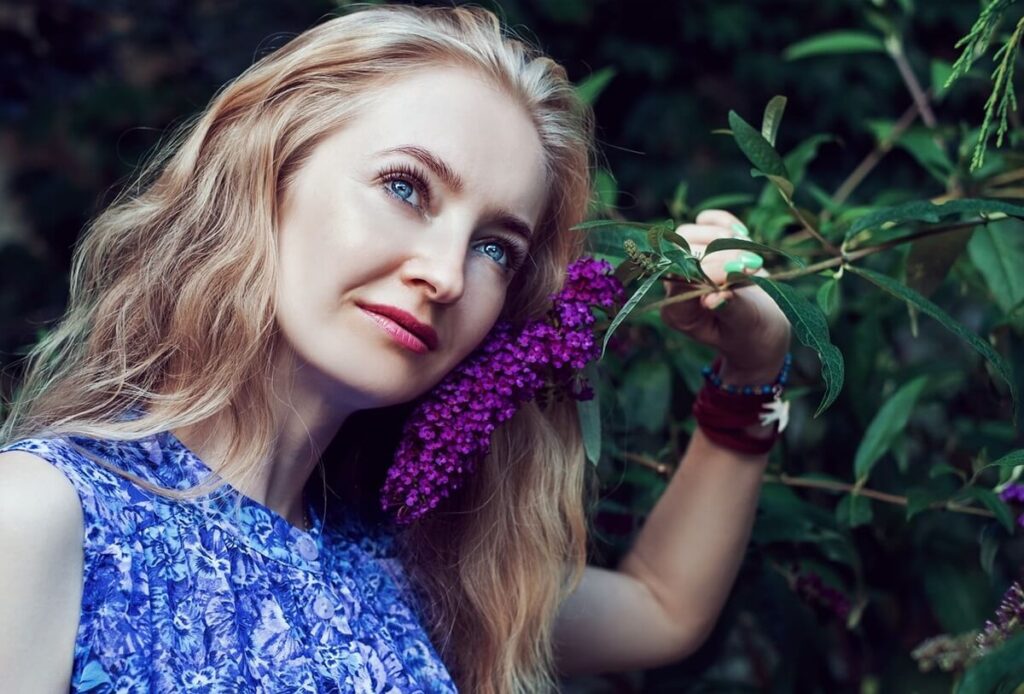
Best Cameras for Portrait Photography
For a high-quality portrait photo, it is important not only to choose unique styles of portrait photography and suitable poses. To get a high-quality picture, you should use a special camera and some cameras are most suitable for portrait photos. For example:
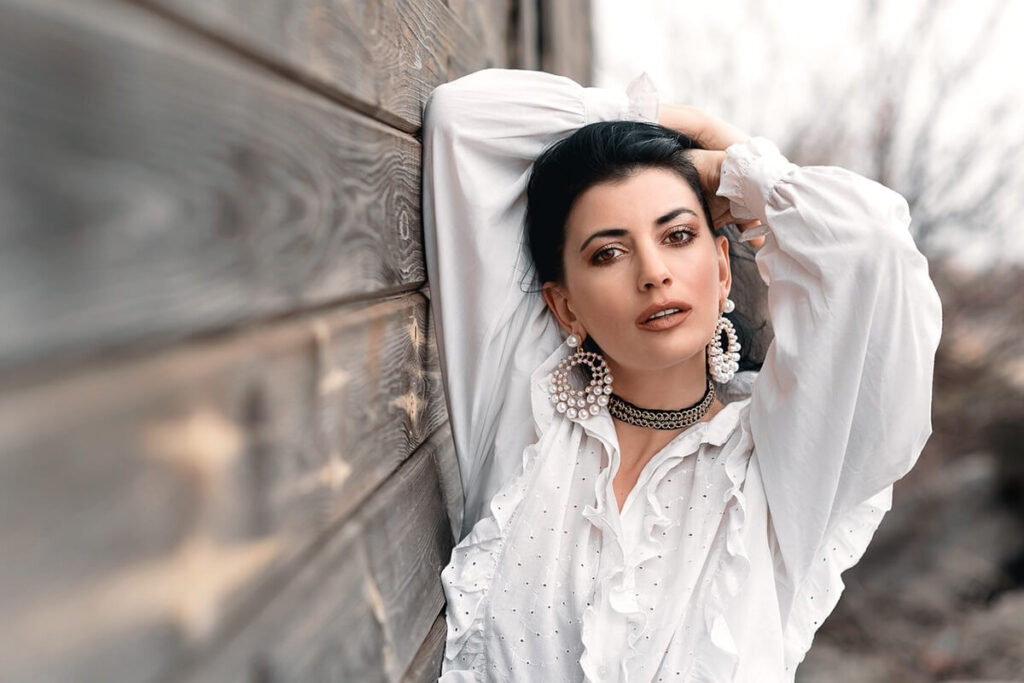
DSLR Camera (for Professional/Advanced Portrait Photography)
DSLR cameras are the go-to choice for professional and advanced photo portraits. They offer high resolution, interchangeable lenses, and manual controls for adjusting settings like aperture, shutter speed, and ISO. This allows for precise control over depth of field and lighting, resulting in stunning portraits.
Mirrorless Camera
Such cameras are becoming increasingly popular for portrait photography due to their compact size, fast autofocus, and high-quality image sensors. They offer the flexibility of interchangeable lenses and advanced features like eye autofocus, which is ideal for capturing sharp and detailed portraits.
Compact Camera (for Beginners Portrait Photography)
Compact cameras are a great option for beginners who are just getting started with portrait photographs. They are easy to use, lightweight, and often come with built-in portrait modes that automatically adjust settings for optimal results. Some compact cameras also offer manual controls for those looking to learn and grow their skills.
Smartphone (for Easy Self Portrait Photography)

Sony - Xperia 1 V, Samsung Galaxy S23 Ultra, iPhone 15 Pro
Smartphones have become a popular tool for capturing portraits, especially for self-portraits or casual photography. With advancements in smartphone camera technology, many modern smartphones offer portrait modes, AI-enhanced features, and editing tools that make them portraits single choice. Additionally, the convenience of having a camera in your pocket at all times makes smartphones a great choice for capturing spontaneous moments.

Lens for Portrait Photography
When choosing a lens for portrait photography, there are a few key factors to consider:
- For traditional portrait photography, a focal length of 85mm to 135mm is typically recommended as it provides a flattering perspective and allows for a comfortable shooting distance from the subject. However, some photographers may also opt for wider focal lengths for environmental portraits or close-up shots.
- A lens with a wide maximum aperture (such as f/1.8 or f/2.8) is ideal for portrait in photography as it allows for a shallow depth of field, creating a blurred background and drawing attention to the subject. This can help to create a more professional and polished look in your portraits.
- If you plan to shoot in low light conditions or without a tripod, consider a lens with built-in image stabilization to help reduce the effects of camera shake and produce sharper images.
- Look for lenses with good optical quality and minimal distortion to ensure that your portraits are sharp and free from aberrations.
The best lens for a portrait shoot will depend on your specific shooting style, budget, and the type of portraits you aim to capture. It's always a good idea to try out different lenses and see which one best suits your needs before making a purchase.
Settings for Portrait Photography
Settings for portrait photographs vary depending on the specific lighting conditions, the desired effect, and the equipment being used. However, here are some general guidelines to consider:
- Use a wide aperture (low f-stop number) to create a shallow depth of field and blur the background, drawing attention to the subject. This can help to create a more professional and polished look in your face photography.
- Ensure that your shutter speed is fast enough to avoid motion blur, especially if you are shooting handheld or if your subject is moving. A general rule of thumb is to use a shutter speed that is at least 1/(focal length) to prevent camera shake.
- Set your ISO as low as possible to minimize digital noise and maintain image quality. Also, in low light conditions, you may need to increase the ISO to achieve proper exposure.
- Adjust your white balance settings to ensure accurate color reproduction, especially if you are shooting in mixed lighting conditions.
- Use single-point autofocus to ensure that the subject's eyes are sharp and in focus, as they are often the focal point of a portrait.

Usually, settings for portrait photography depend on the specific situation and creative vision of the photographer. It's important to experiment with different settings and techniques to find what works best for your individual style and the type of portraits you aim to capture.
Top 10 Portrait Photography Tips
What does a portrait photographer do to take high-quality portrait shots? These useful pieces of advice will help you to capture the best photo portraits:
- Use natural light whenever possible. It can create a soft and flattering look for portraits.
- Consider the background and composition of your shot. These elements greatly impact the overall feel of the portrait.
- Talk to your subject and make them feel comfortable and at ease, as this will result in more natural and genuine poses and expressions.
- Experiment with different angles and perspectives to add visual interest to your portraits.
- Pay attention to the details, such as hair, clothing, and accessories. They can make a big difference in the overall look of the portrait photograph.
- Consider using a reflector or diffuser to manipulate the light and create a more flattering look for your subject.
- Shoot in RAW format to have more flexibility in post-processing and editing.
- Use a prime lens for portrait photography. Like this, you will produce sharper images and have a wider aperture for creating a shallow depth of field.
- Don't be afraid to play with post-processing techniques, such as adjusting contrast, color balance, and skin retouching, to enhance the final look of your portraits.
- Practice regularly and keep trying different techniques and settings to improve your portrait photography skills.
Answering the question “What is portrait photography?”, don’t forget that it is a great way to develop skills and flex your creativity for both seasoned professionals and aspiring photographers. To create the best portrait photography, always keep the focus on the person and highlight their special features


